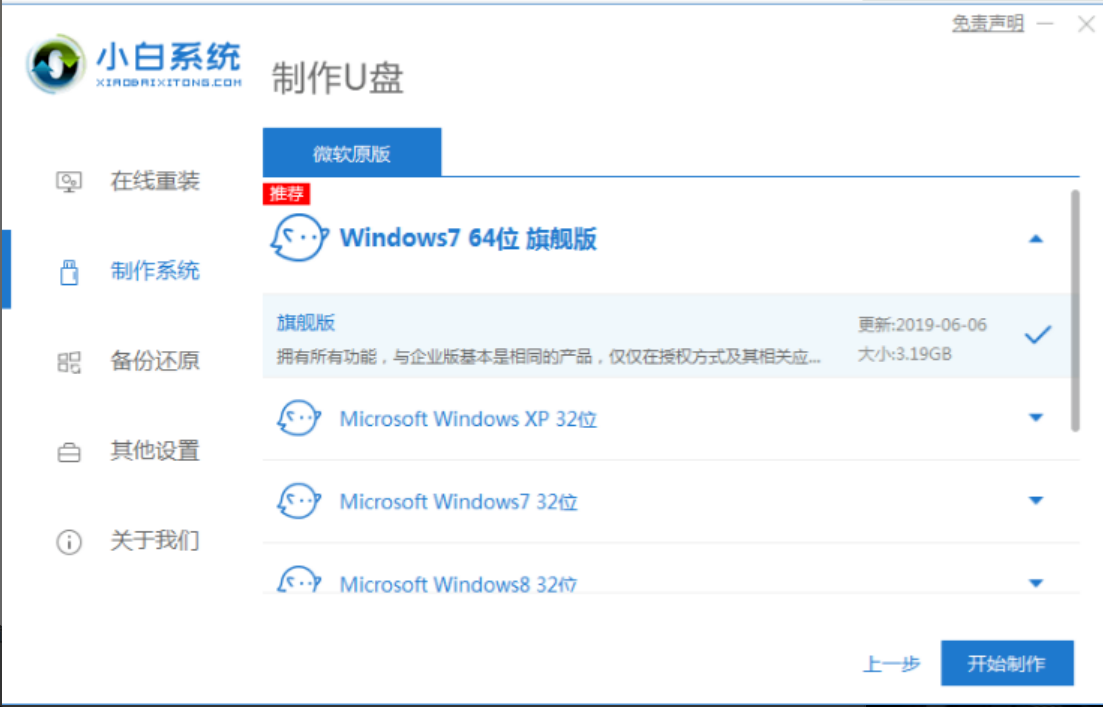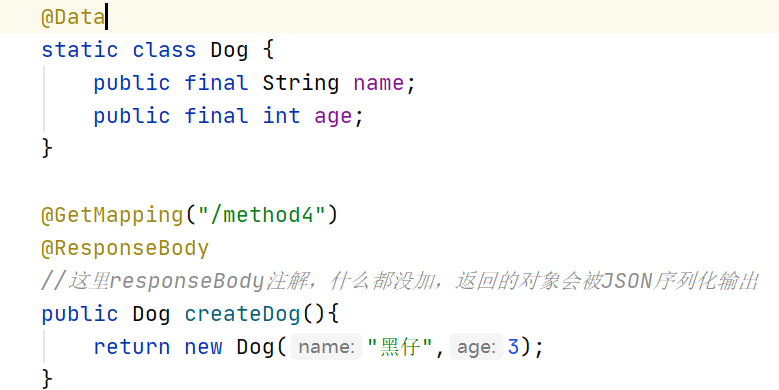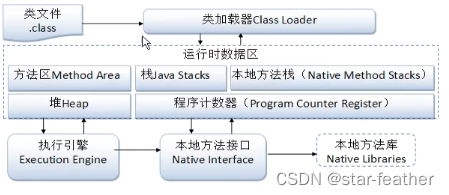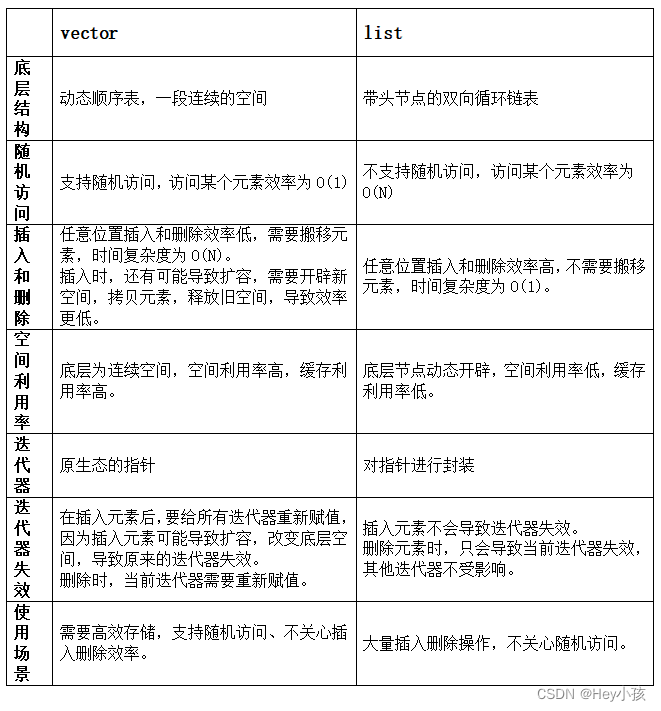名字:阿玥的小东东
学习:Python、c++
主页:阿玥的小东东
故事设定:现在学校要求对所有同学进行核酸采集,每位同学先在宿舍内等候防护人员(以下简称“大白”)叫号,叫到自己时去停车场排队等候大白对自己进行采集,采集完之后的样本由大白统一有序收集并储存。
名词解释:
- 学生:所有的学生是一个大文件,每个学生是其中的一行数据
- 宿舍:硬盘
- 停车场:内存
- 核酸采集:数据处理
- 样本:处理后的数据
- 大白:程序
学生数量特别少的情况
当学生数量特别少时,可以考虑将所有学生统一叫到停车场等候,再依次进行核酸采集。

方法一:简单情况
此时的程序可以模拟为:
| 1 2 3 4 5 6 7 8 9 10 11 12 13 14 15 16 17 18 19 20 21 22 23 24 25 26 27 28 29 30 |
|
注意,在第19行中,大白一次性把所有同学都叫到了停车场中。这种做法在学生比较少时做起来很快,但是如果学生特别多,停车场装不下怎么办?
停车场空间不够时怎么办?
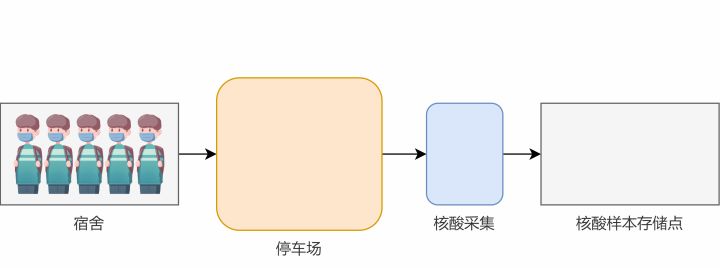
方法二:边读边处理
一般来说,由于停车场空间有限,我们不会采用一次性把所有学生都叫到停车场中,而是会一个一个地处理,这样可以节约内存空间。
| 1 2 3 4 5 6 7 8 9 10 11 12 13 14 15 16 17 18 19 20 21 22 23 24 25 26 27 28 29 |
|
这里pick_one_student函数中的返回值是用yield返回的,一次只会返回一名同学。
不过,这种做法虽然确保了停车场不会满员,但是这种做法在人数特别多的时候就不再适合了。虽然可以保证完成任务,但由于每次只能采集一个同学,程序的执行并不高。特别是当你的CPU有多个核时,会浪费机器性能,出现一核有难,其它围观的现象。
怎么加快执行效率?
大家可能也已经注意到了,刚刚我们的场景中,不论采用哪种方法,都只有一名大白在工作。那我们能不能加派人手,从而提高效率呢?
答案当然是可行的。我们现在先考虑增加两名大白,使得一名大白专注于叫号,安排学生进入停车场,另外一名大白专注于采集核酸,最后一名大白用于存储核酸样本。
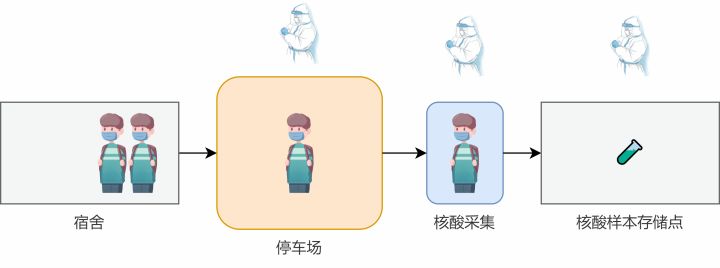
方法三
| 1 2 3 4 5 6 7 8 9 10 11 12 13 14 15 16 17 18 19 20 21 22 23 24 25 26 27 28 29 30 31 32 33 34 35 36 37 38 39 40 41 42 43 44 45 46 47 48 49 50 51 52 53 54 55 56 57 58 59 60 61 62 63 64 65 66 67 68 69 70 71 72 73 74 75 76 77 78 79 80 81 82 |
|
这份代码中,我们引入了多进程的思路,将每个大白看作一个进程,并使用了队列Queue作为进程间通信的媒介。stu_queue表示学生叫号进停车场的队列,store_queue表示已经采集过的待存储核酸样本的队列。
此外,为了控制进程的停止,我们在pick_student和 process函数的最后都向各自队列中添加了None作为结束标志符。
假设有1w名学生(student_names.txt文件有1w行),经过测试后发现上述方法的时间如下:
- 方法一:1m40.716s
- 方法二:1m40.717s
- 方法三:1m41.097s
咦?不是做了分工吗?怎么速度还变慢了?经笔者观察,这是因为叫号的大白速度太快了(文件读取速度快)通常是TA已经齐活了,另外俩人还在吭哧吭哧干活呢,体现不出来分工的优势。如果这个时候我们对法二和法三的叫号做延时操作,每个学生叫号之后停滞10ms再叫下一位学生,则方法三的处理时间几乎不变,而方法二的时间则会延长至3m21.345s。
怎么加快处理速度?
上面提到,大白采核酸的时间较长,往往上一个人的核酸还没采完,下一个人就已经在后面等着了。我们能不能提高核酸采集这个动作(数据处理)的速度呢?其实一名大白执行一次核酸采集的时间我们几乎无法再缩短了,但是我们可以通过增加人手的方式,来达到这个目的。就像去银行办业务,如果开放的窗口越多,那么每个人等待的时间就会越短。这里我们也采取类似的策略,增加核酸采集的窗口。
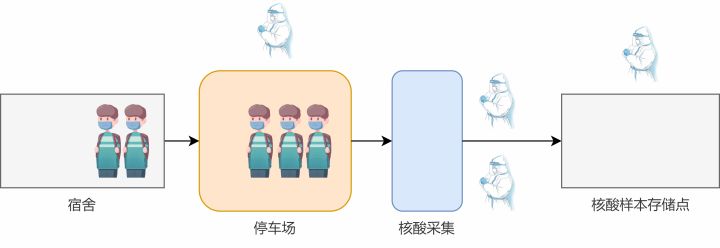
| 1 2 3 4 5 6 7 8 9 10 11 12 13 14 15 16 17 18 19 20 21 22 23 24 25 26 27 28 29 30 31 32 33 34 35 36 37 38 39 40 41 42 43 44 45 46 47 48 49 50 51 52 53 54 55 56 57 58 59 60 61 62 63 64 65 66 67 68 69 70 71 72 73 74 75 76 77 78 79 80 81 82 83 84 85 86 87 88 89 90 91 92 |
|
总耗时 0m4.160s !我们来具体看看其中的细节部分:
首先我们将CPU核数 - 3作为采核酸的大白数量。这里减3是为其它工作进程保留了一些资源,你也可以根据自己的具体情况做调整
这次我们在 Queue中增加了 maxsize参数,这个参数是限制队列的最大长度,这个参数通常与你的实际内存情况有关。如果数据特别多时要考虑做些调整。这里我采用10倍的工作进程数目作为队列的长度
注意这里pick_student函数中要为每个后续的工作进程都添加一个结束标志,因此最后会有个for循环
我们把之前放在process函数中的结束标志提取出来,放在了最外侧,使得所有工作进程均结束之后再关闭最后的store_p进程
结语
总结来说,如果你的数据集特别小,用法一;通常情况下用法二;数据集特别大时用法四。


